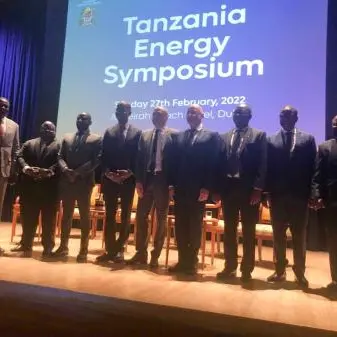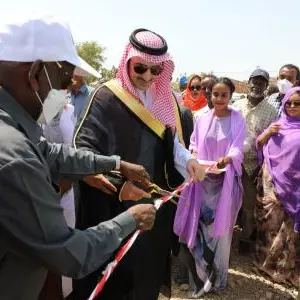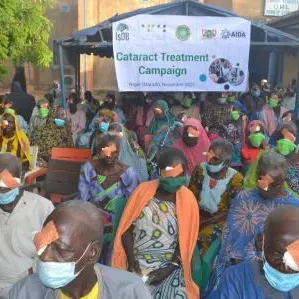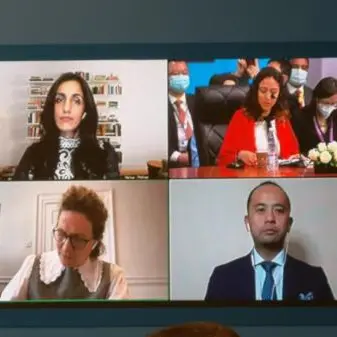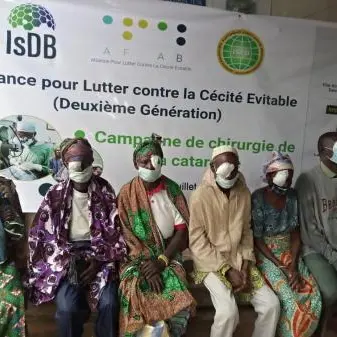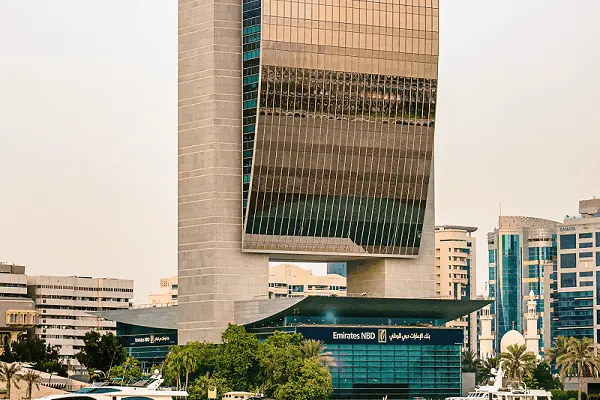
The ongoing Marburg virus disease outbreaks in Equatorial Guinea and Tanzania are the latest of several zoonotic diseases reported in the African region. The region has seen an increase of such outbreaks, recording a 63% rise between 2012 and 2022 compared with the previous decade. Zoonotic diseases represent approximately 32% of the region’s infectious disease outbreak reported between 2001 and 2022.
Dr Tieble Traore, Emergency Preparedness Technical Officer at WHO Regional Office for Africa, explains how African countries should prepare to effectively respond to zoonotic disease outbreaks such as Marburg.
What are the factors behind the more frequent occurrences of Marburg outbreaks?
Since 2020, four Marburg outbreaks have been reported in Equatorial Guinea, Ghana Guinea and Tanzania, compared with only three outbreaks between 2010 and 2020. Marburg is not the only zoonotic disease for which we are observing more frequent outbreaks in Africa. In 2019 and 2020, zoonotic pathogens represented around 50% of public health events. Ebola Virus Disease and other viral haemorrhagic fevers such as Marburg constituted nearly 70% of these outbreaks.
The increase in zoonotic cases may be due to several factors including human, animal and environmental determinants. Africa faces several challenges, including changing animal and human migration patterns, poorly implemented veterinary regulations related to meat consumption, wildlife trade, complex food system, uncontrolled and poor quality of antimicrobial medicines, land use, biodiversity loss and other factors. All these increase the spill-over of emerging deadly diseases such as Marburg.
How can countries mitigate the risks and prevent outbreaks?
Once a zoonotic disease is detected, countries should be ready to quickly mobilize resources to prevent the spread of the disease, prevent and treat cases and engage communities for a robust and efficient response.
This said, preparedness and readiness are key. Though we do not know yet the origin of the Marburg outbreaks in Equatorial Guinea and Tanzania, we do know that there continues to be increased capacity in Africa to recognize and test samples for viral haemorrhagic fevers like Marburg and Ebola. This detection and outbreak declarations mean that the public is more aware of a potentially dangerous disease circulating within communities. This enables people trained in managing outbreaks to quickly support such incidents, including providing technical expertise or sending medical supplies. This is why it is essential to work with communities to raise awareness about potentially dangerous zoonotic diseases such as Marburg, how they can be contracted, and when to alert health authorities.
To help address the rise in zoonotic diseases, four UN agencies—the Food and Agriculture Organization, the United Nations Environment Programme, the World Organisation for Animal Health and WHO—have called for enhanced global action to achieve One Health, which aims to strengthen health systems among other actions and is a comprehensive approach to a pressing and complex challenges facing our society.
What is WHO doing to help countries manage this risk?
WHO is working with its Members States to increase their capacities in preparing, preventing, protecting, quickly responding and recovering from health emergencies, including the ongoing Marburg outbreaks. It is essential that health workers are well trained and equipped to quickly detect infectious disease and trigger the right response. The Organization has supported countries to reinforce laboratory capacities, carried out joint simulation exercises to test and improve public health emergency readiness, and through its Emergency Preparedness and Response flagship project, it aims to promote the resilience of systems for emergencies, strengthen and engage response groups for emergencies and transform Africa’s disease surveillance systems.
Distributed by APO Group on behalf of World Health Organization (WHO) - Equatorial Guinea.
